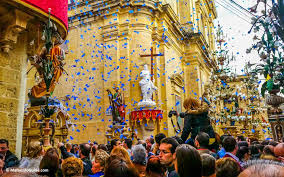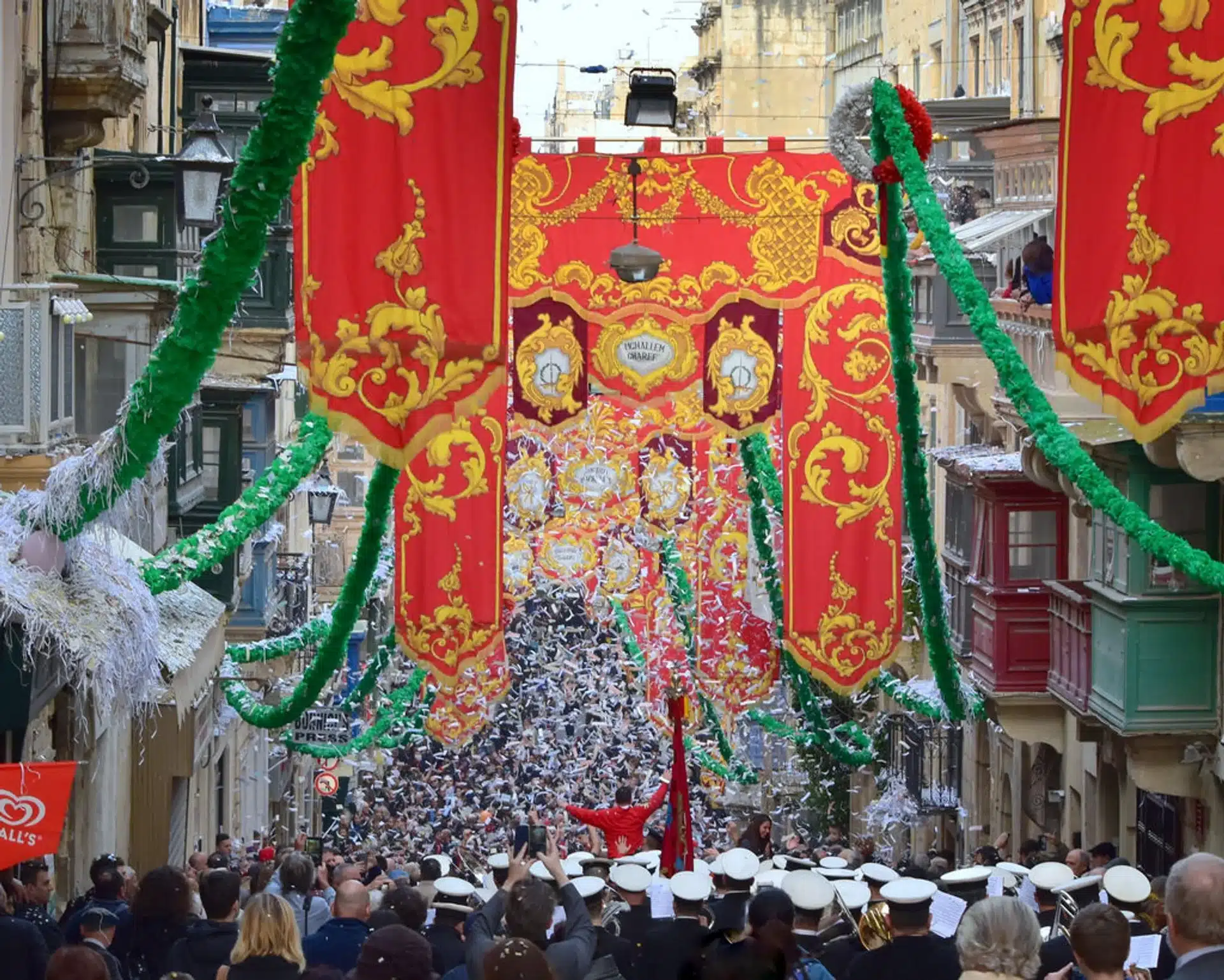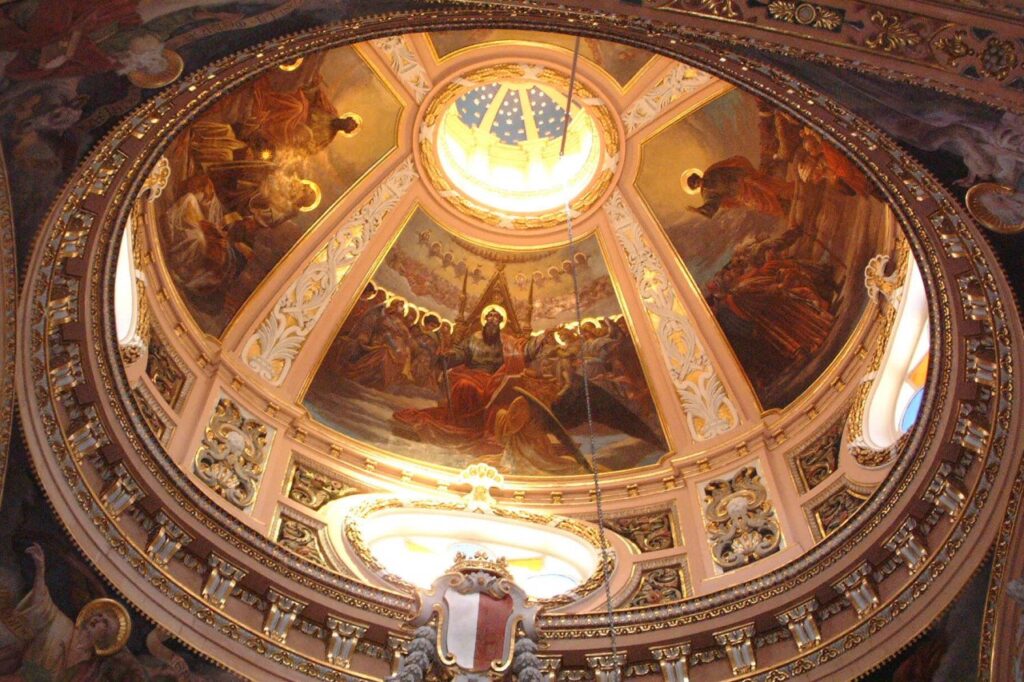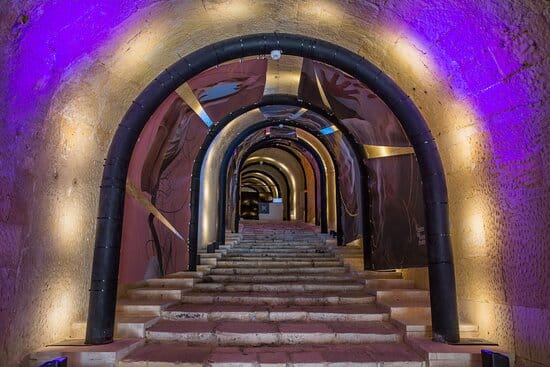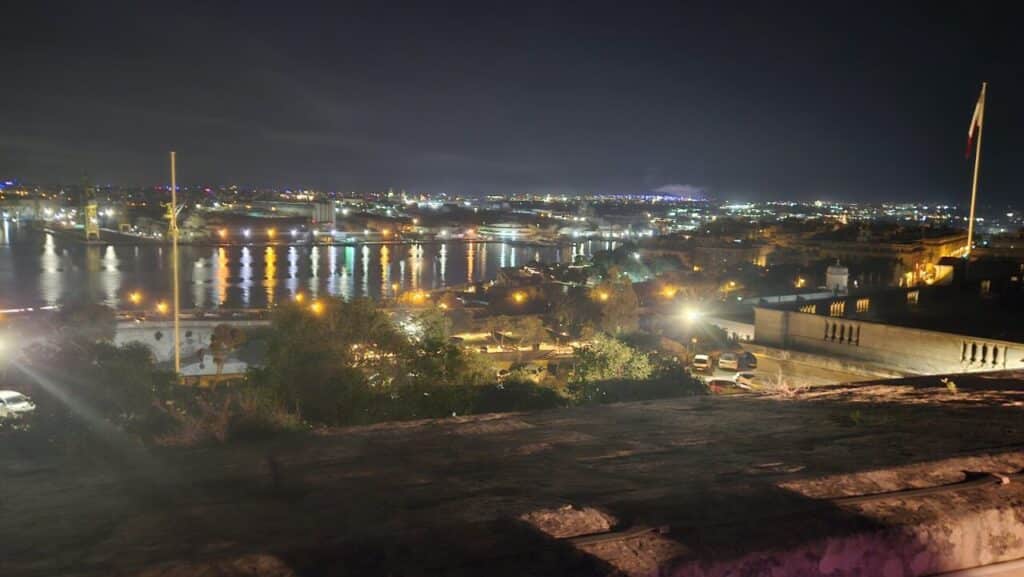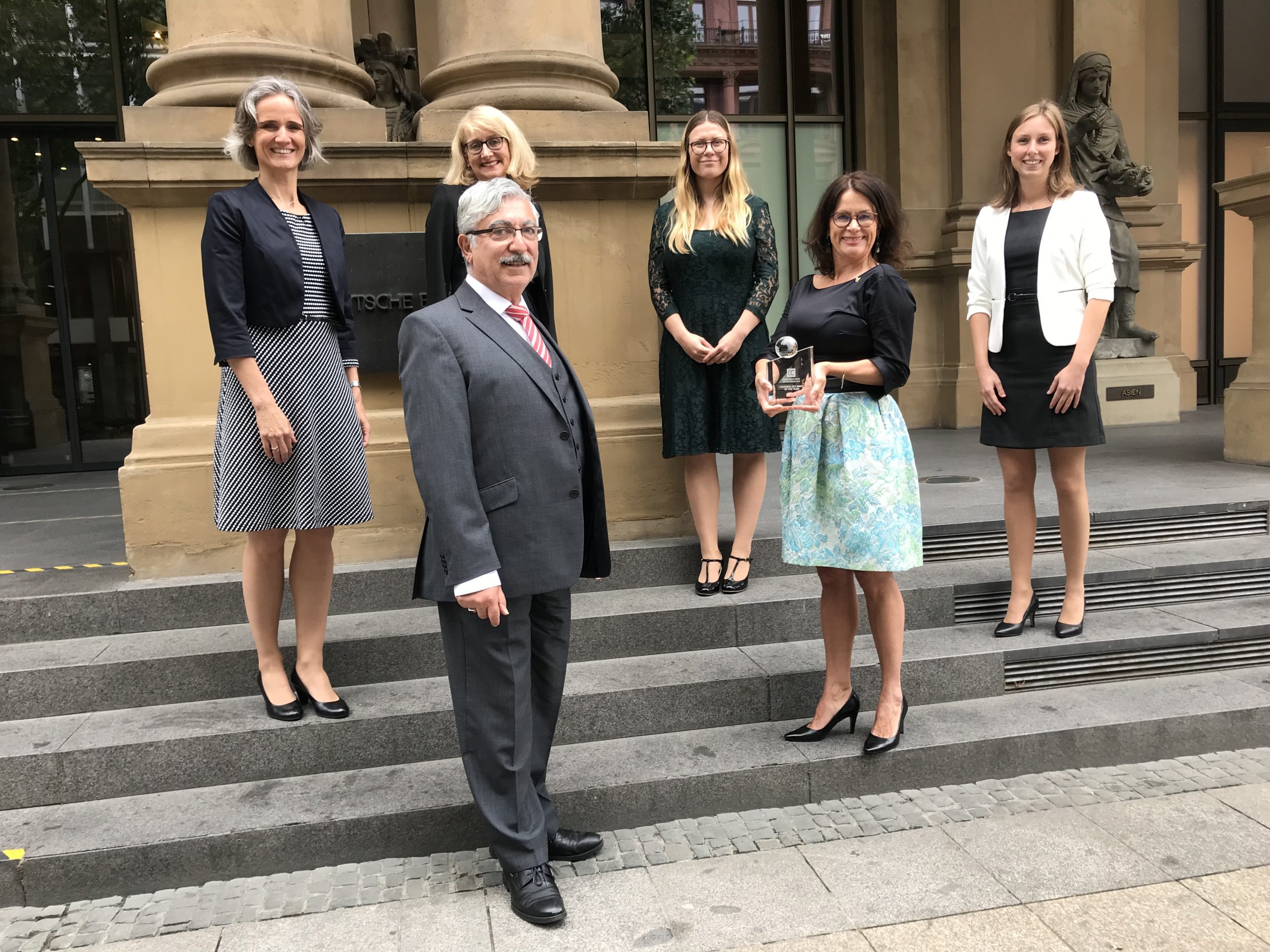St. Joseph’s Feast in Malta: A Celebration of Tradition and Flavour
On Wednesday, March 19th, Malta celebrates the feast of St. Joseph, a public holiday marked by vibrant festivities in Rabat, a suburb of Mdina. This cherished event brings together locals and visitors alike to partake in religious processions, traditional food, and spectacular fireworks displays.
The village of Rabat is transformed with colourful decorations, including large flags and festoons, creating a festive atmosphere. One of the highlights of the celebration is the life-size statue of St. Joseph, which is paraded through the village streets. Accompanying this grand procession are marching bands and lively gatherings, adding to the joyous mood of the occasion.
A key aspect of the feast is its rich culinary tradition. Numerous stands line the streets, offering a variety of local delicacies that are deeply rooted in Maltese culture. Among the most popular treats are Żeppoli and Sfineg tal-Inċova—both beloved for their unique flavors and historical significance.
Żeppoli are made from choux pastry, shaped into small balls, and traditionally deep-fried, though modern variations often involve baking. Once cooled, they are cut open and filled with a sweet ricotta mixture, creating a delightful contrast between the crispy exterior and creamy filling.
On the savoury side, ‘Sfineg tal-Inċova’ are crispy, golden-fried dough balls with a surprising twist—a salty anchovy hidden inside. This combination of flavors makes them a favorite among those who appreciate a balance of crunchy and savory elements.
The feast of St. Joseph in Rabat is not only a religious observance but also a celebration of Maltese heritage, bringing together music, tradition, and gastronomy in a vibrant display of community spirit. Whether attending for the cultural experience or indulging in traditional treats, visitors are sure to be immersed in the lively and heartfelt celebrations that define this special day.
